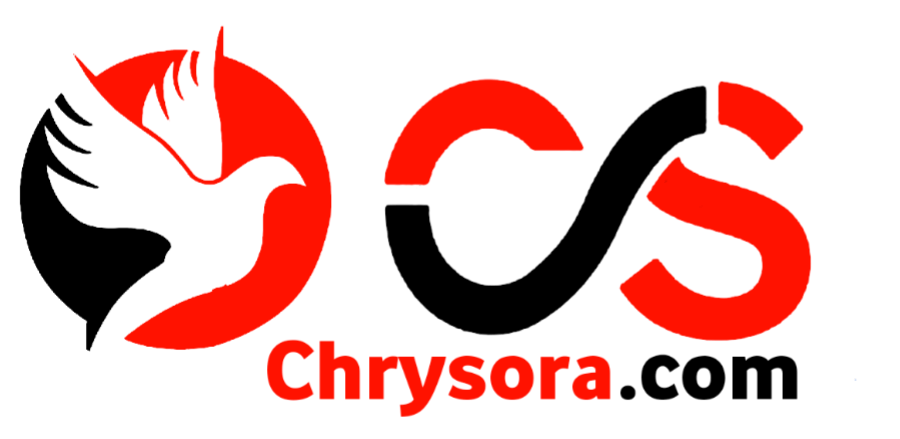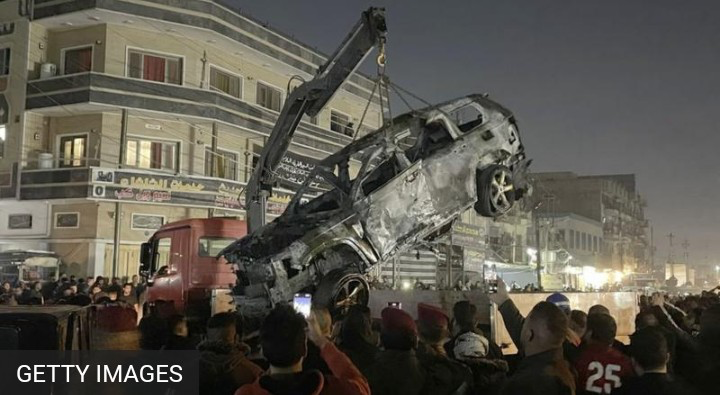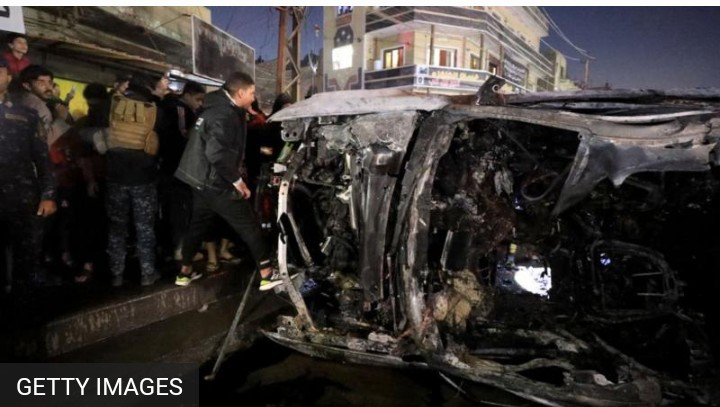US Drone Strike Kills Senior Iran-Backed Militia Leader In Baghdad (Photos)
The attack was part of the Biden administration’s retaliation for the killing of three U.S. soldiers in Jordan.
The U.S. military killed a senior leader of an Iran-backed militia group responsible for dozens of recent attacks on U.S. troops in Iraq and Syria, the Pentagon announced on Wednesday.
The drone strike on the Kataib Hezbollah leader in eastern Baghdad was part of the Biden administration’s multi-phase retaliation for a Jan. 28 drone strike on a small outpost in Jordan, Tower 22, which killed three U.S. soldiers and injured dozens more, according to the Pentagon.
The Kataib Hezbollah commander killed in the strike was responsible for “directly planning and participating in attacks on U.S. forces in the region,” according to a statement from U.S. Central Command. There were no indications of civilian casualties or collateral damage, the statement said.
“The United States will continue to take necessary action to protect our people. We will not hesitate to hold responsible all those who threaten our forces’ safety,” according to the statement.
Wednesday’s drone attack followed U.S. airstrikes last week on 85 targets with ties to Iran’s Islamic Revolutionary Guard Corps and its associated militias in Iraq and Syria. At the time, the U.S. said the operation was just the first phase of its response, hinting that more attacks would come in the days ahead.
The Associated Press reports three members were killed on Wednesday and that one of them was Wissam Mohammed “Abu Bakr” al-Saadi, the chief of Kataib Hezbollah’s Syria operations.
By attacking Tehran-backed militia leaders, the U.S. wades deeper into a tit-for-tat fight with Iran. The Biden administration has repeatedly signaled it doesn’t seek a war with Tehran, studiously avoiding hitting any targets inside its sovereign territory.
But the militias have targeted American troops in Iraq, Syria and Jordan more than 160 times since Oct. 17 — when Israel began its invasion of Gaza in retaliation for Hamas’ Oct. 7 terrorist attacks. The U.S. has repeatedly struck Tehran-linked targets in Iraq and Syria as well as killed militia members.
The Wednesday drone strike also illustrates the worsening situation in the broader Middle East. Israel continues to fight Hamas in Gaza as both sides work on a cease-fire deal that could see hostages released. Iran-backed Houthis in Yemen still target commercial ships in the Red Sea, prompting the U.S. and its allies to hit targets either in response to an attack or to preempt one.
There are signs that the militia groups in Iraq and Syria may be pulling back. Soon after the Jan. 28 U.S. attack, Kataib Hezbollah put out a statement saying it would stop attacking U.S. positions. Militants have carried out only two attacks on U.S. troops in the region since the Feb. 2 U.S. strikes, both in Syria.
The U.S. has not said its retaliatory strikes on Iranian-backed militias have ended, leaving the possibility open that other leaders of Iranian-backed militia groups will soon be in the crosshairs.
“Let all those who might seek to do us harm know this: If you harm an American, we will respond,” President Joe Biden said in a statement last week following the first response.














Add Comment